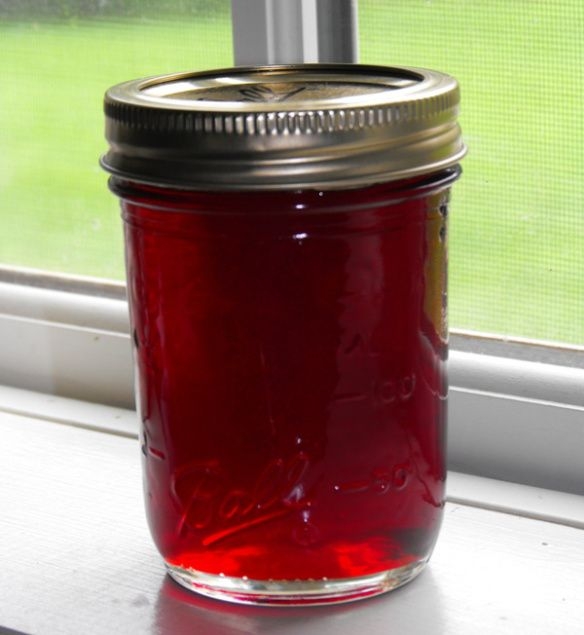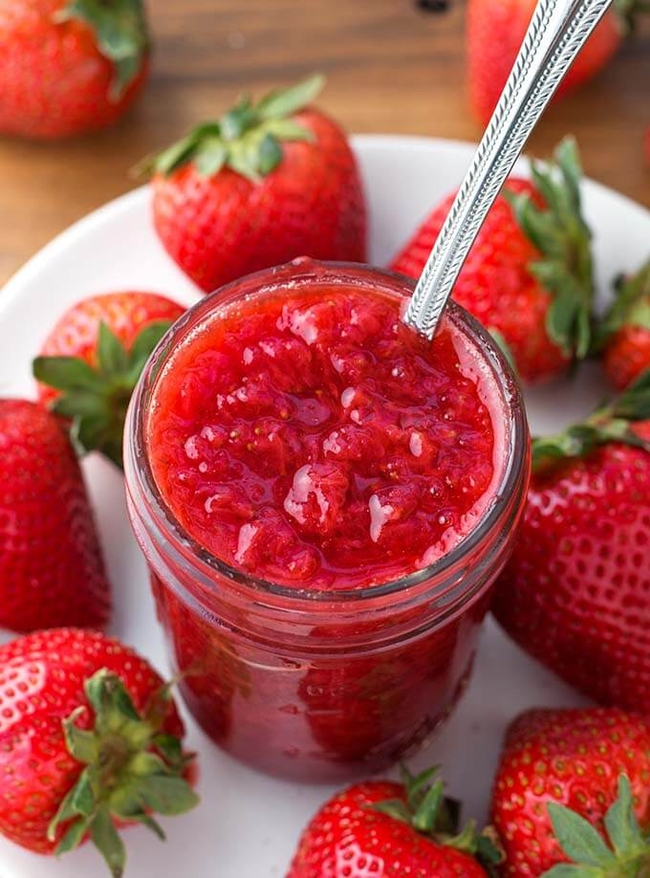As spring breathes new life into orchards and gardens, it's the perfect time to harness the abundance of fresh fruits for homemade jams and jellies. Have you ever wondered what sets jams and jellies apart? What is a conserve? Marma-what?!?
Jelly, jam, preserves, conserves and marmalades are fruit products that are jellied or thickened. Most are preserved by sugar. Their individual characteristics depend on the kind of fruit used and the way it is prepared, the proportions of different ingredients in the mixture and the method of cooking.

Jams are thick, sweet spreads made by cooking crushed or chopped fruits with sugar. Jams tend to hold their shape but are generally less firm than jelly. (Recipes are also available for uncooked jams.) Preserves are small, whole fruit or uniform size pieces in a clear, slightly gelled syrup. The fruit should be tender and plump.

Marmalades are soft fruit jellies containing small pieces of fruit or peel evenly suspended in the transparent jelly. They often contain citrus fruit.
Other fruit products that are preserved by sugar but not jellied include butters, honeys and syrups. Fruit butters are sweet spreads made by cooking fruit pulp with sugar to a thick consistency. Spices are often added. Honeys and syrups are made by cooking fruit juice or pulp with sugar to the consistency of honey or syrup.
For more information on making jams and jellies (including recipes) visit the National Center for Home Food Preservation.
This document was adapted from "So Easy to Preserve", 5th ed. 2006. Bulletin 989, Cooperative Extension Service, The University of Georgia, Athens. Revised by Elizabeth L. Andress. Ph.D. and Judy A. Harrison, Ph.D., Extension Foods Specialists.